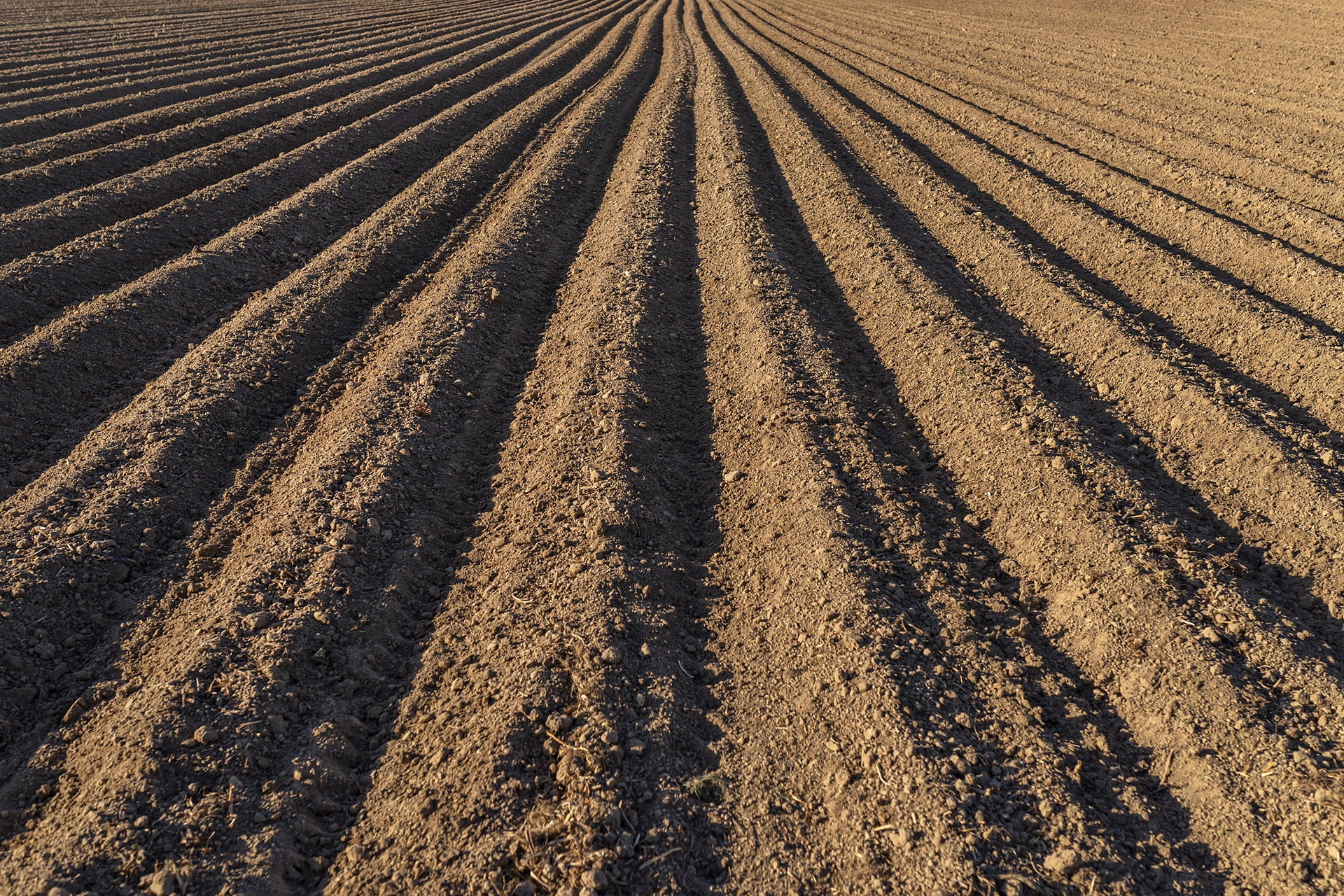
As the fashion industry shifts towards more sustainable practices, organic cotton has emerged as a vital component in the quest for eco-friendly textiles. Known for its environmental benefits and superior quality, organic cotton is increasingly becoming the fabric of choice for conscious consumers and ethical brands. In this blog, we’ll explore what organic cotton is, how it’s grown, and why it matters for the future of sustainable fashion.

Organic cotton is cotton that is grown without the use of synthetic chemicals, such as pesticides, herbicides, and fertilizers. It is produced using methods and materials that have a low impact on the environment. The organic farming process supports biodiversity, promotes soil health, and reduces the ecological footprint of cotton production.
The certification of organic cotton is typically governed by international standards, such as the Global Organic Textile Standard (GOTS) and the Organic Content Standard (OCS). These certifications ensure that the cotton is grown and processed according to strict environmental and social criteria, guaranteeing its authenticity as a truly organic product.

No Harmful Chemicals: One of the most significant advantages of organic cotton is that it is grown without toxic chemicals. Conventional cotton farming is notorious for its heavy use of pesticides and synthetic fertilizers, which can have detrimental effects on the environment, including soil degradation, water pollution, and harm to wildlife. By contrast, organic cotton farming relies on natural processes and organic inputs, preserving the health of the ecosystem.
Water Conservation: Organic cotton farming practices often lead to better water management. Organic cotton uses rain-fed water systems more effectively and maintains soil moisture through sustainable farming techniques like crop rotation and composting. This reduces the need for irrigation, conserving water—a critical resource in many cotton-growing regions.
Improved Soil Health: Organic farming practices, such as crop rotation, composting, and the use of organic fertilizers, enhance soil fertility and structure. Healthy soil is more resilient to drought and erosion, supports biodiversity, and can sequester carbon, helping mitigate climate change.
Reduced Carbon Footprint: Organic cotton farming generally has a lower carbon footprint compared to conventional cotton farming. By avoiding synthetic chemicals and using natural farming methods, organic cotton production reduces greenhouse gas emissions, contributing to the fight against climate change.
Biodiversity Preservation: Organic cotton farming encourages biodiversity by avoiding the use of harmful pesticides that can kill beneficial insects and other wildlife. This creates a balanced ecosystem where plants, animals, and microorganisms thrive.

Organic cotton is playing a crucial role in the sustainable fashion movement. As consumers demand more transparency and sustainability from the fashion industry, brands are responding by incorporating organic cotton into their collections. From luxury fashion houses to everyday apparel brands, the use of organic cotton is becoming increasingly common, signaling a shift towards more responsible and eco-friendly fashion.
Brand Commitment to Sustainability: Brands that use organic cotton often emphasize their commitment to sustainability and ethical practices. This resonates with consumers who are looking for products that align with their values, driving brand loyalty and positive brand image.
Innovation and Design: Organic cotton is versatile and can be used in a wide range of products, from basic tees and jeans to high-fashion garments and accessories. Designers are exploring new ways to work with organic cotton, creating stylish and innovative products that meet the growing demand for sustainable fashion.
Consumer Awareness and Education: As the popularity of organic cotton grows, so does consumer awareness about the environmental and social impacts of conventional cotton farming. This increased awareness is leading to more informed purchasing decisions and a greater emphasis on sustainability in the fashion industry.
Layne | 09-03-2024 | Views 388 times
Sweatshirt Knit Fabric Series: Functions and Composition 1. Introduction to Sweatshirt Fabric Sweatshirt fabric is one of the most basic fabrics used in circular knitting. As the name suggests, it is used for making sweatshirts. In technical terms, it is know...
Layne | 09-02-2024 | Views 361 times
Are you looking for common swimwear fabrics? 1. Common Swimwear Fabrics In the blazing summer, it’s the season for swimwear to shine. So, what are the most commonly used fabrics for swimwear, and how should you select and care for them? 1.1 Lycra (DuPont L...
Layne | 09-01-2024 | Views 390 times
The Versatility of Polyester Stretch Fabric 1. Introduction Polyester stretch fabric is a standout in the textile industry, known for its flexibility, durability, and comfort. This fabric, made from a blend of polyester and elastane (or spandex), is widely us...
Layne | 08-31-2024 | Views 396 times
Nylon Stretch Fabric: The Perfect Blend of Strength and Flexibility 1. What is Nylon Stretch Fabric? Nylon stretch fabric is created by blending nylon fibers with elastane or spandex. Nylon itself is a synthetic fiber known for its toughness, resistance to we...
Layne | 08-22-2024 | Views 428 times
RPET Non-Woven Fabric: A Perfect Blend of Eco-Friendliness and Practicality 1. Background As environmental awareness increases, RPET non-woven fabric is becoming a popular choice in the market. RPET (Recycled Polyethylene Terephthalate) non-woven fabric not o...
Layne | 08-21-2024 | Views 503 times
Introduction to 10 Fabric Finishing Processes 1. Purpose of Fabric Finishing Finishing is a technical treatment that imparts color effects, shape effects (such as smoothness, velvety texture, stiffness, etc.), and practical effects (such as water resistance, ...
Contact us now for a free consult!